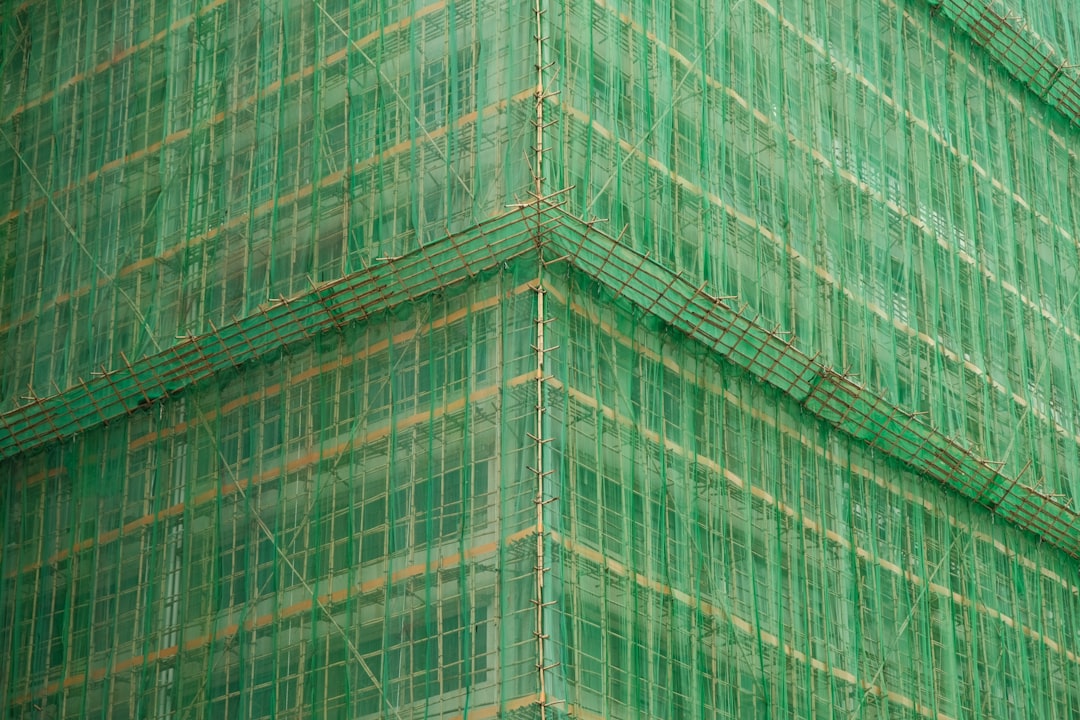
For construction professionals, understanding the cost of stucco is crucial for accurate project planning. The average cost ranges from $8 to $12 per square foot for a standard three-coat system. This guide provides insights into the factors affecting these costs and strategies to manage them effectively.
• Exceptional fire resistance and weather protection
• Versatile design options for various architectural styles
• Lower maintenance compared to other siding options
Stucco offers a cost-effective solution over a 30-year lifecycle, making it a valuable choice for long-term projects.
1. Square footage and wall complexity
2. Substrate preparation and moisture barrier needs
3. Choice of stucco system: traditional, one-coat, or EIFS
4. Finish texture and pigment selection
5. Access challenges and site logistics
6. Regional labor rates and seasonal demand
Current data indicates a national median of $8 – $12 per square foot for a standard three-coat system. One-coat applications are typically 10-15% less but may lack durability in harsh climates.
• Materials: 35–45% of total cost
• Labor: 50–60% of total cost
• Equipment and overhead: 5–10%
Improving crew efficiency can significantly reduce labor costs, enhancing overall project savings.
• Upgrades for window and door flashing
• Foam trims and expansion joints
• Extended scaffolding rental due to delays
• Local inspection fees
• Post-application touch-ups
1. Access the CountBricks platform
2. Start a guided voice session
3. Upload blueprints for AI analysis
4. Receive a detailed budget and schedule
• Lock in material prices early
• Use pump-spray setups for large projects
• Schedule in mild seasons to avoid additional costs
• Consider integral color to reduce painting needs
• Conduct moisture tests to prevent future issues
Stucco is ideal for solid masonry or engineered-wood sheathing in arid or temperate zones. In wet climates, consider EIFS systems for better performance.
• Energy-efficient mortgage options
• Insurance reductions for fire-rated assemblies
• Local rebates for exterior upgrades
CountBricks streamlines the process from budget approval to invoicing, ensuring efficient project management.
Ready to get started? Visit CountBricks.com for a detailed estimate tailored to your project needs.

A recent project involved re-stuccoing a 2,400 sq ft home. Initial bids ranged from $24,000 to $30,000. Using CountBricks, the final cost was reduced to $20,650, a 14% savings.
1. Voice Walkthrough
2. AI Blueprint Analysis
3. Value Engineering Suggestions
• Final cost: $20,650
• Project duration: 6 days
• Zero change orders
• Accurate measurements lead to savings
• Pre-blended mixes reduce labor time
• Digital task sequencing prevents delays
Visit CountBricks.com to begin your project with a reliable estimate.